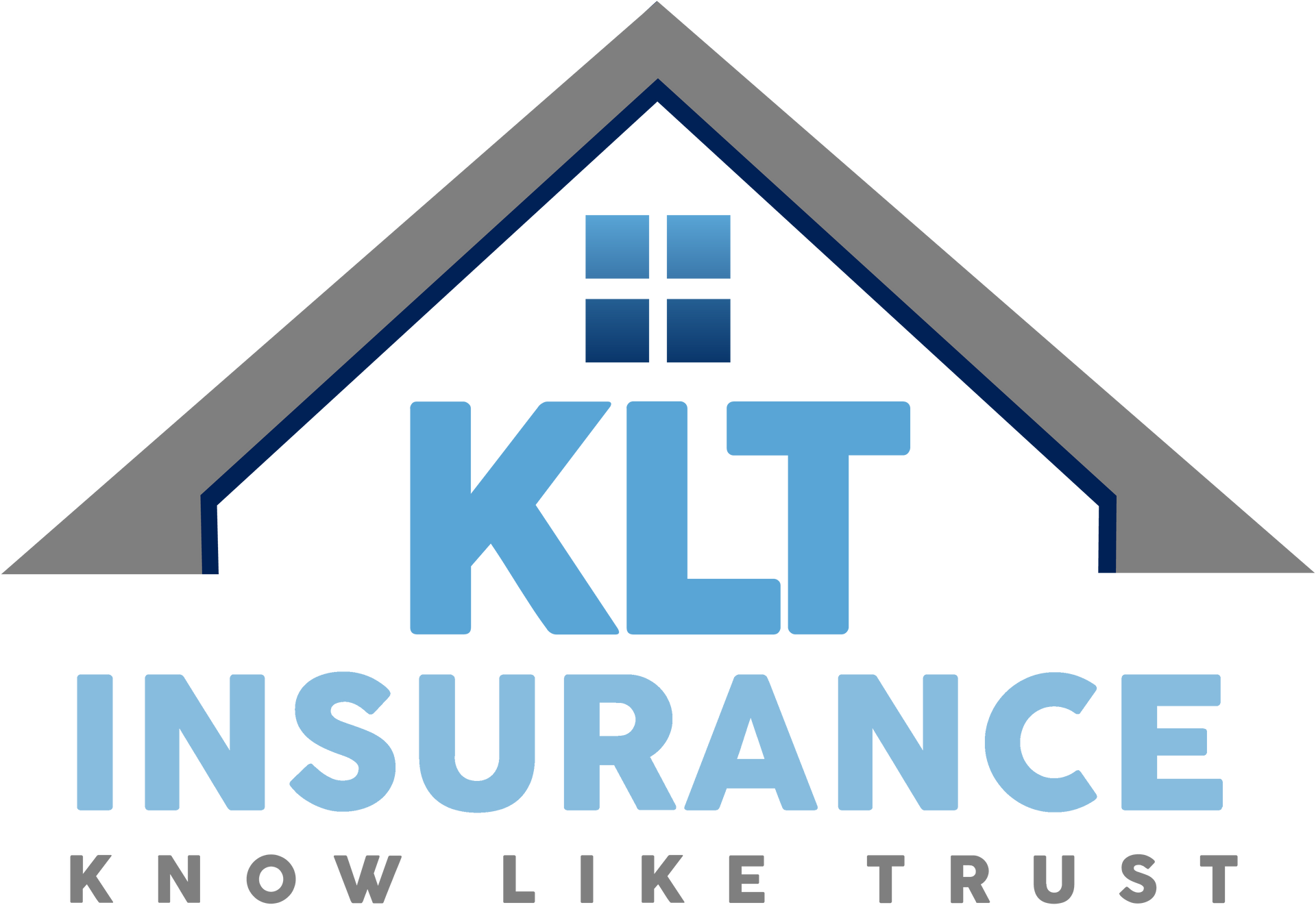Your OSHA Compliance Guide to Recordkeeping & Reporting
Insurance Neighbor • August 4, 2024

OSHA (Occupational Safety and Health Administration) ensures workplace safety by setting and enforcing standards to protect workers’ health and safety. Compliance with OSHA’s recordkeeping and reporting requirements is key for maintaining a safe work environment and preventing accidents. Here is an examination of practical strategies for business owners to promote OSHA compliance, covering recordkeeping, reporting procedures, and best practices to promote a culture of safety in the workplace.
Important OSHA Recordkeeping Requirements
OSHA recordkeeping requirements mandate the recording of work-related injuries and illnesses to track workplace safety. Key forms include:- OSHA Form 300 (Log of Work-Related Injuries and Illnesses): This form logs work-related injuries and illnesses, detailing incident dates, affected employees’ information, injury descriptions, and outcomes. It must be retained for five years.
- OSHA Form 300A (Summary of Work-Related Injuries and Illnesses): Form 300A summarizes workplace injuries and illnesses recorded on Form 300. It’s posted from February to April annually, providing an overview of safety performance.
- OSHA Form 301 (Injury and Illness Incident Report): Form 301 documents detailed information about individual work-related injuries and illnesses, including incident circumstances, employee details, injury descriptions, and treatments. It aids in analyzing incident causes and implementing preventive measures for future safety. Incidents requiring recording include those that involve medical treatment beyond first aid, loss of consciousness, or restricted work activity. Compliance with these requirements demonstrates accurate documentation of workplace incidents, facilitating analysis and improvement of safety protocols.
Reporting Severe Injuries and Illnesses
OSHA mandates reporting severe incidents within specific timeframes: fatalities within 8 hours and hospitalizations, amputations, or eye loss within 24 hours. Reporting methods include phone or online submission. Examples of incidents requiring immediate reporting include workplace fatalities, injuries resulting in hospitalization, amputations, or eye loss. Compliance with these reporting requirements is critical for ensuring workplace safety and regulatory compliance.Maintaining and Posting Records
Maintaining and posting OSHA records is vital for workplace safety and compliance. Records must be retained for five years so historical data remains available. Posting the annual summary (Form 300A) from February 1 to April 30 keeps employees informed about safety performance. Accessibility to records is essential for employees and OSHA inspectors, aiding in identifying potential hazards and ensuring regulatory compliance.Common Mistakes to Avoid
Common mistakes in OSHA recordkeeping include incorrectly classifying incidents as non-recordable, missing reporting deadlines, failing to post the annual summary conspicuously, and providing inadequate training for recordkeeping staff. These errors can result in non-compliance with OSHA regulations, potential fines, and compromised workplace safety. Addressing these pitfalls is essential to maintaining accurate records and ensuring regulatory adherence.Benefits of OSHA Compliance
OSHA compliance offers numerous benefits, including enhanced workplace safety, reduced incidents, and avoiding fines and expensive and stressful legal issues. It fosters employee trust and morale while potentially lowering business insurance premiums through demonstrated safety practices. By prioritizing OSHA compliance, businesses create safer work environments, bolstering productivity and reputation while mitigating risks associated with workplace accidents and regulatory violations.Stay Compliant, Stay Safe
Staying compliant promotes a safer workplace. Maintain accurate records and report incidents promptly to uphold workplace safety standards. Review and understand OSHA guidelines thoroughly to ensure regulatory adherence and effectively mitigate risks. By prioritizing compliance, businesses create safer work environments, fostering employee productivity and trust. If you need help with OSHA compliance, turn to your local agent to discuss comprehensive business insurance solutions tailored to your needs.
September is Life Insurance Awareness Month, a time to reflect on the benefits of life insurance and its vital role in securing your family’s future. Life insurance is more than just a policy; it’s a commitment to providing your loved one with financial security and peace of mind in the following five ways: 1. Financial Protection for Loved Ones One of the primary reasons people…

As the end of 2024 approaches, the nature of business risk continues to evolve, driven by technological advancements, regulatory changes, and global challenges. Staying informed about emerging trends allows businesses to protect themselves against threats. There is a growing trend in crafting a business insurance policy that addresses risks associated with data breaches, regulatory compliance, the workforce, catastrophic weather, and social inflation. 1. Data Breach…

Deciding between leasing and financing a car is a common dilemma for many prospective car owners. This decision carries significant financial implications and can also reflect personal lifestyle choices. Whether you prioritize having the latest model or prefer the long-term benefits of ownership, you want to weigh each option’s pros and cons. Moreover, your choice can affect your insurance premiums and coverage needs, making it…

Key person life insurance is a specialized policy that businesses take out on the life of an employee whose death could significantly impact the company’s operations. This type of insurance is essential for protecting a business’s financial health and continuity, ensuring that it can weather the loss of a key individual without severe disruption. Who Qualifies as a Key Person? A key person is someone…

September marks National Preparedness Month when businesses are encouraged to assess their readiness for unexpected challenges. Whether it’s a natural disaster, a cyberattack, or a legal dispute, being prepared is essential to the longevity and success of any business. One of the most critical components of preparedness is having the right business insurance. It provides a safety net to help your business survive and recover…

Home renovations are a powerful tool for increasing the value of your property. Whether you’re planning to sell or want to enhance your living space, strategic improvements can offer a significant return on investment (ROI). However, while engaging in renovations is tempting, it’s imperative to consider the potential insurance implications of substantial changes. The following suggested renovations can boost your home’s value and ensure you’re…

Hispanic Heritage Month, celebrated from September 15 to October 15, honors the rich cultural heritage and significant contributions of Latino communities in the United States. This celebration reflects Latino culture’s profound impact on American society and aligns with the ongoing diversity and inclusion efforts within various industries, including insurance. Recognizing and celebrating this diversity strengthens communities and fosters a more inclusive environment. Brief History of…

Life insurance offers financial security, covering expenses and providing for loved ones after one’s passing. However, not everyone is approved for life insurance. Common reasons for denial include pre-existing medical conditions, high-risk occupations, and hazardous hobbies. Additionally, a history of substance abuse or severe health issues can also lead to denial. Understanding these factors can help applicants address potential problems and improve their chances of…

One of the most common struggles for small businesses involves managing costs and reducing expenses. It’s essential for maintaining profitability and fostering growth. Practical strategies such as renegotiating contracts, optimizing energy usage, and exploring cost-effective technology solutions can help owners effectively reduce expenses without compromising quality or productivity, ensuring long-term sustainability and success. Analyze and Monitor Your Spending Analyze and monitor spending by conducting a…

Traveling during hurricane season presents unique challenges, including unpredictable weather and potential disruptions. Proper preparation and insurance coverage are essential to safeguard your trip and finances. Ensuring you’re well-prepared can mitigate risks and provide peace of mind. As we enter hurricane season, remember the following practical tips to help you travel safely and stress-free, ensuring your journey remains smooth and enjoyable despite potential weather-related obstacles.…
